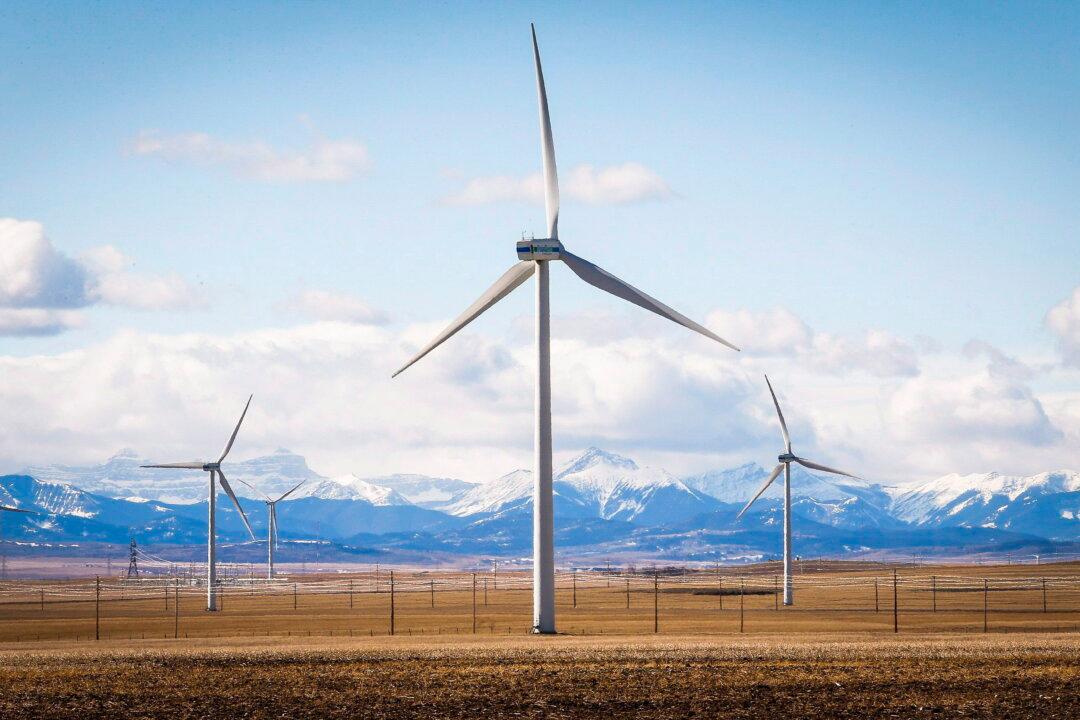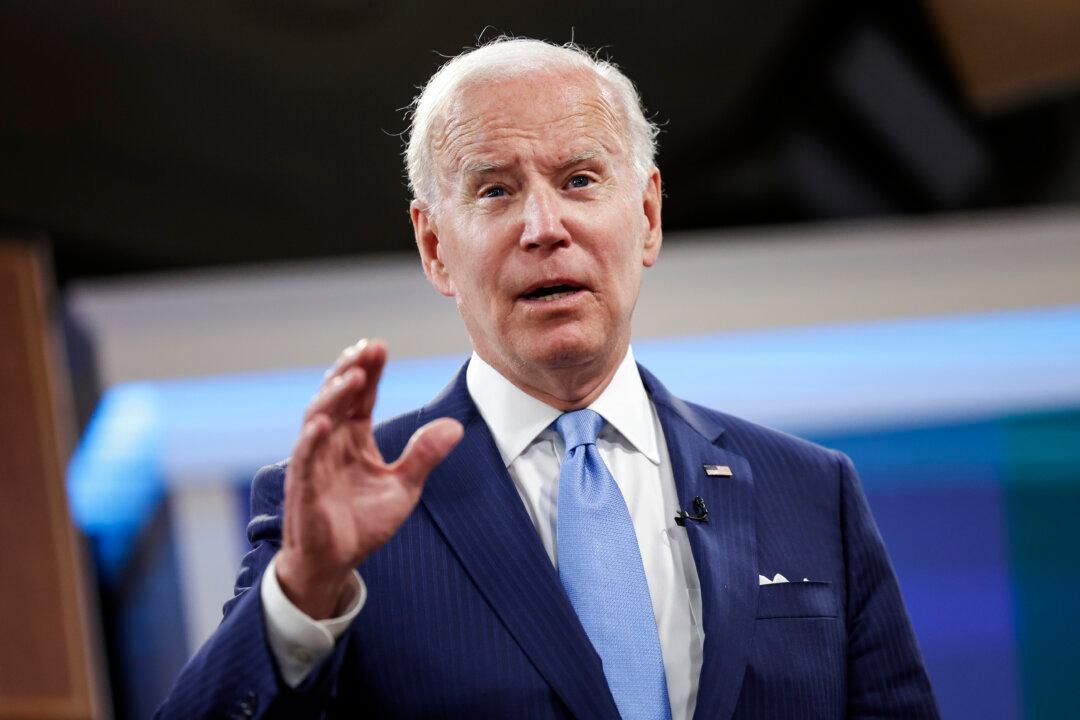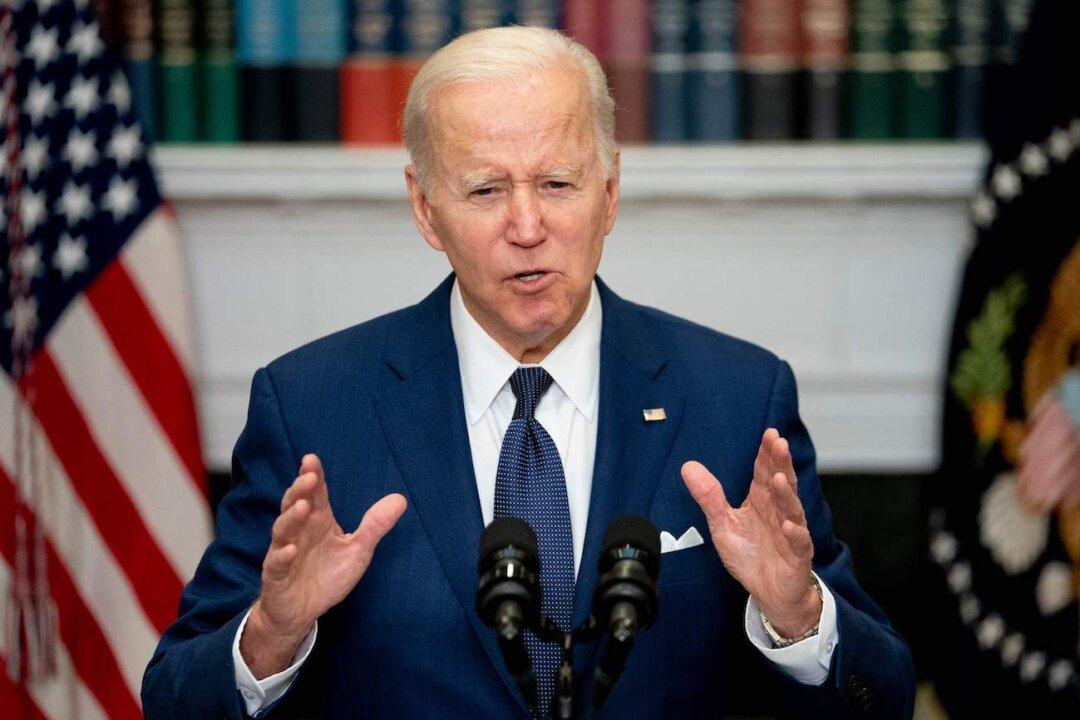President Joe Biden signed an executive order on Wednesday intended to reduce carbon emissions across the federal government, with the goal of net zero emissions from overall federal operations by 2050.
The measure calls for the use of the federal government’s annual purchasing power of $650 billion to make sweeping changes to the government’s 300,000 buildings, and fleet of 600,000 cars and trucks.




